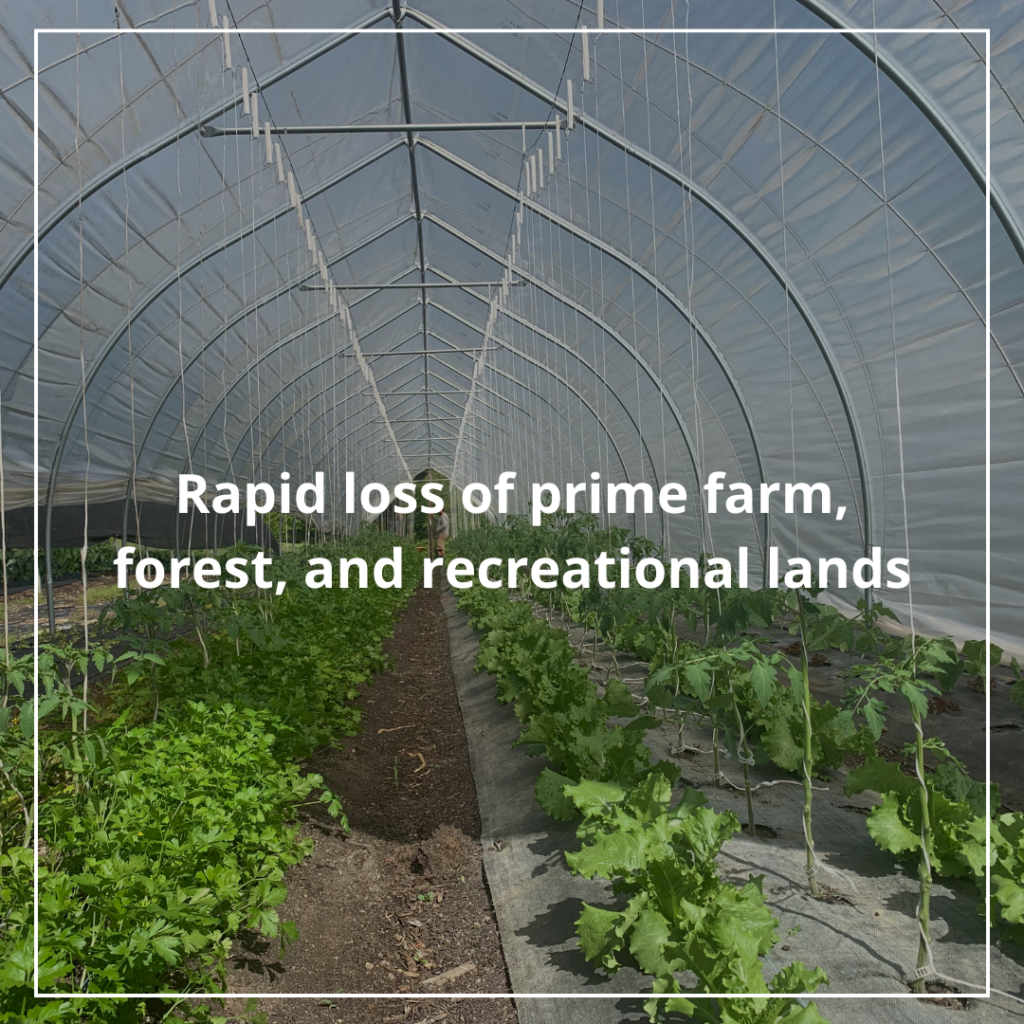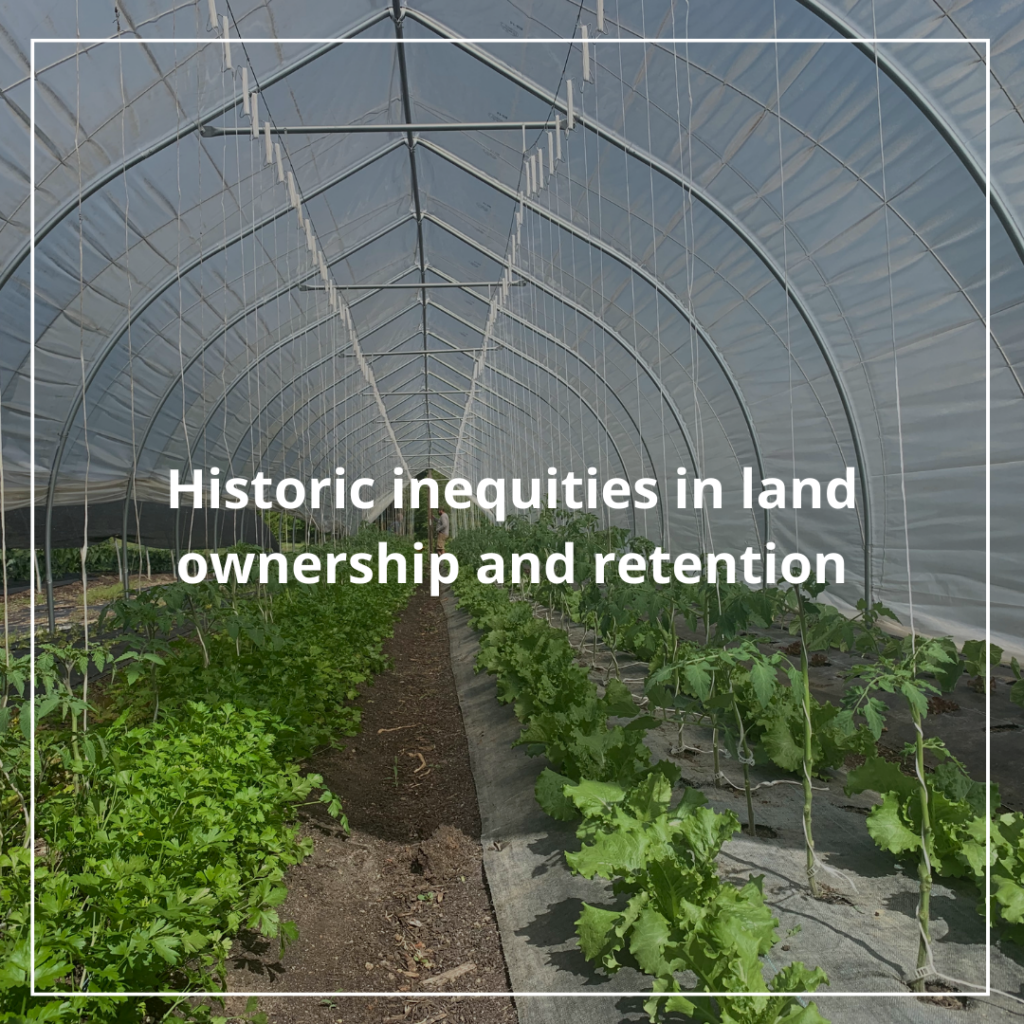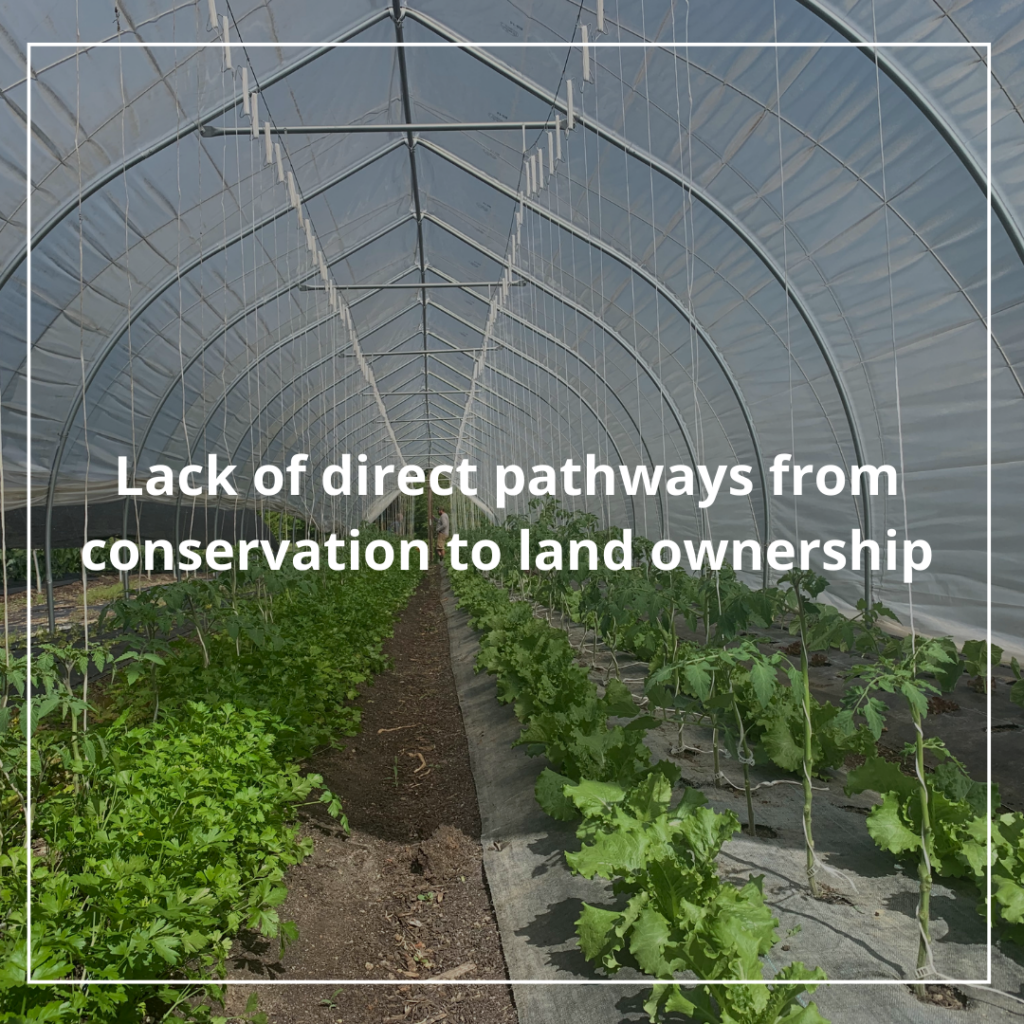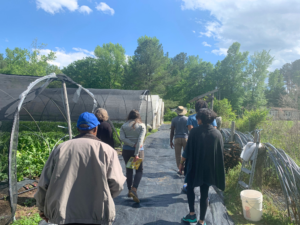
Overview
Since TLC began in 1983, we have conserved land and water to help the Triangle region become an increasingly healthy and vibrant place to live where wild and working lands are protected, and everyone has access to open space, clean water, and local food. While TLC conserves land to provide four benefits to the entire Triangle community, there are private benefits of our work that have thus far been exclusively shared with certain members of our community. Through the Good Ground Initiative (GGI), TLC strives to turn organizational resources and power into equitable land distribution by empowering partners and investing resources in education and land access for historically underserved land seekers.
Challenges
The following challenges motivated TLC to pioneer the Good Ground Initiative:
North Carolina is one of the top agricultural states in the nation, yet due to increasingly fast growth, land conversion to other uses and development are major threats to the state’s farmland. Between 2001 and 2016 more than 731,600 acres of agricultural land were developed or compromised. North Carolina is currently on track to lose nearly 1.2 million acres of farmland to development by 2040.
Though North Carolina is home to a long lineage of Indigenous and Black land stewards, they are scarcely reflected in land ownership and agriculture. In 1920, Black farmers owned 14 percent of American farms. Today, however, they account for 1.4 percent of the country’s 3.4 million producers. Read more about landownership disparities in the United States here.
The USDA Land Values 2022 Summary report shows an overall 8.4% increase in average NC farmland value to $5,150 per acre. In the Triangle, land values are most often $15,000 per acre at a minimum. These high land prices frequently prevent new & beginning producers from purchasing land to settle and grow on.
Many of the entities that provide training and education about agriculture, forest management, land stewardship and conservation are not also able to continually make land available for purchase.
Given this context, TLC is committed to administering equity-based programs with measurable outcomes to reverse disparities that have prevented many historically underserved people from accessing the benefits of conservation intrinsically linked to land ownership.
Conservation and Equity
Conservation is an excellent option for families to secure the future of their land and the peace of mind that comes with knowing their wild and working lands will always remain protected. Conservation can also bring significant financial benefit through grant funding, access to resources and expertise, and tax deductions. By default, these benefits have been exclusively available to landowners.
TLC’s commitment and ongoing education in diversity, equity, and inclusion compels us to address this discrepancy. Over the past four decades since TLC began, and the years of conservation work that preceded them, the benefits of conservation and land ownership have not been equitably distributed, and sometimes have come at the expense of others. We believe that our goal of sharing land conservation benefits with every single person in the Triangle cannot be reached without actively working to end systemic racism, which for centuries has led to ongoing inequities in access to and enjoyment of the outdoors.
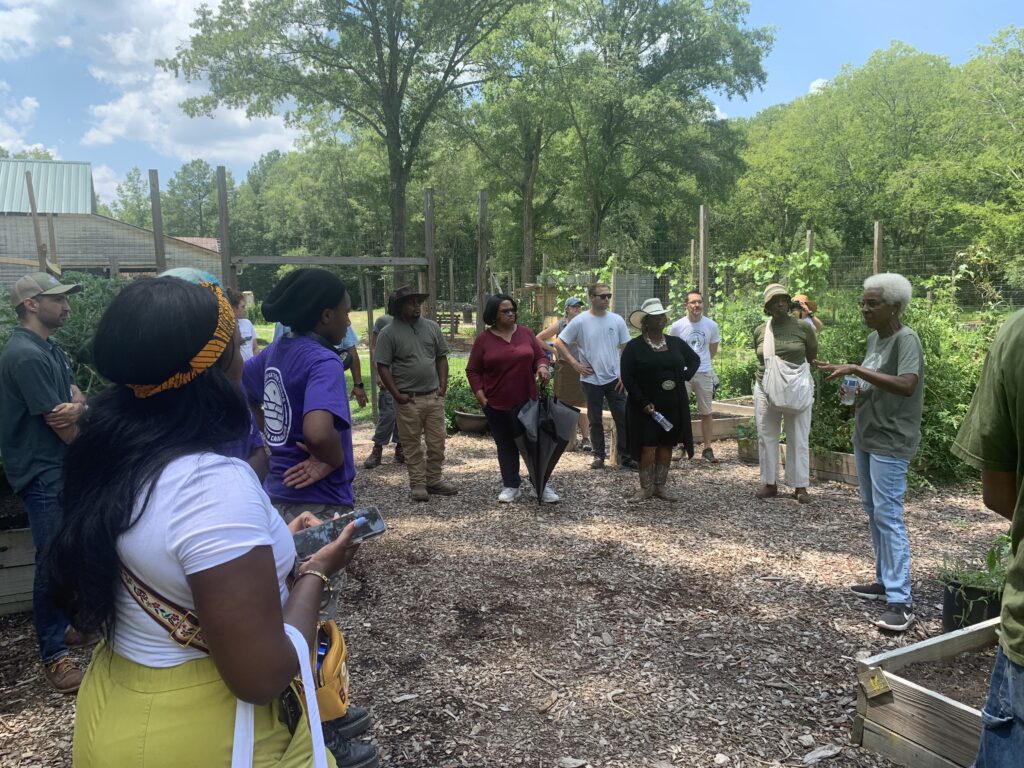
To our stakeholders…
Land seekers
If you are interested in learning more about buying conserved land, please fill out the land seeker interest form. This allows TLC to both get to know you and helps us prioritize projects that best meet the needs of our community.
Landowners
Consider conservation in your land transition and estate planning. The Good Ground Initiative may provide an option that secures the conservation value of your property while also supporting more equitable land ownership opportunities.
Partners
We are constantly looking to improve our curriculum and expand our network. Please reach out to the Good Ground Manager if you and/or your organization would like to discuss potential areas to partner.
Funders
The development of GGI was funded through a grant from the Z. Smith Reynolds Foundation. Please contact the Philanthropy team if you would like to talk about ways you can support the program with donations or no-interest loans.
Learn more about the vision and implementation of GGI here.
